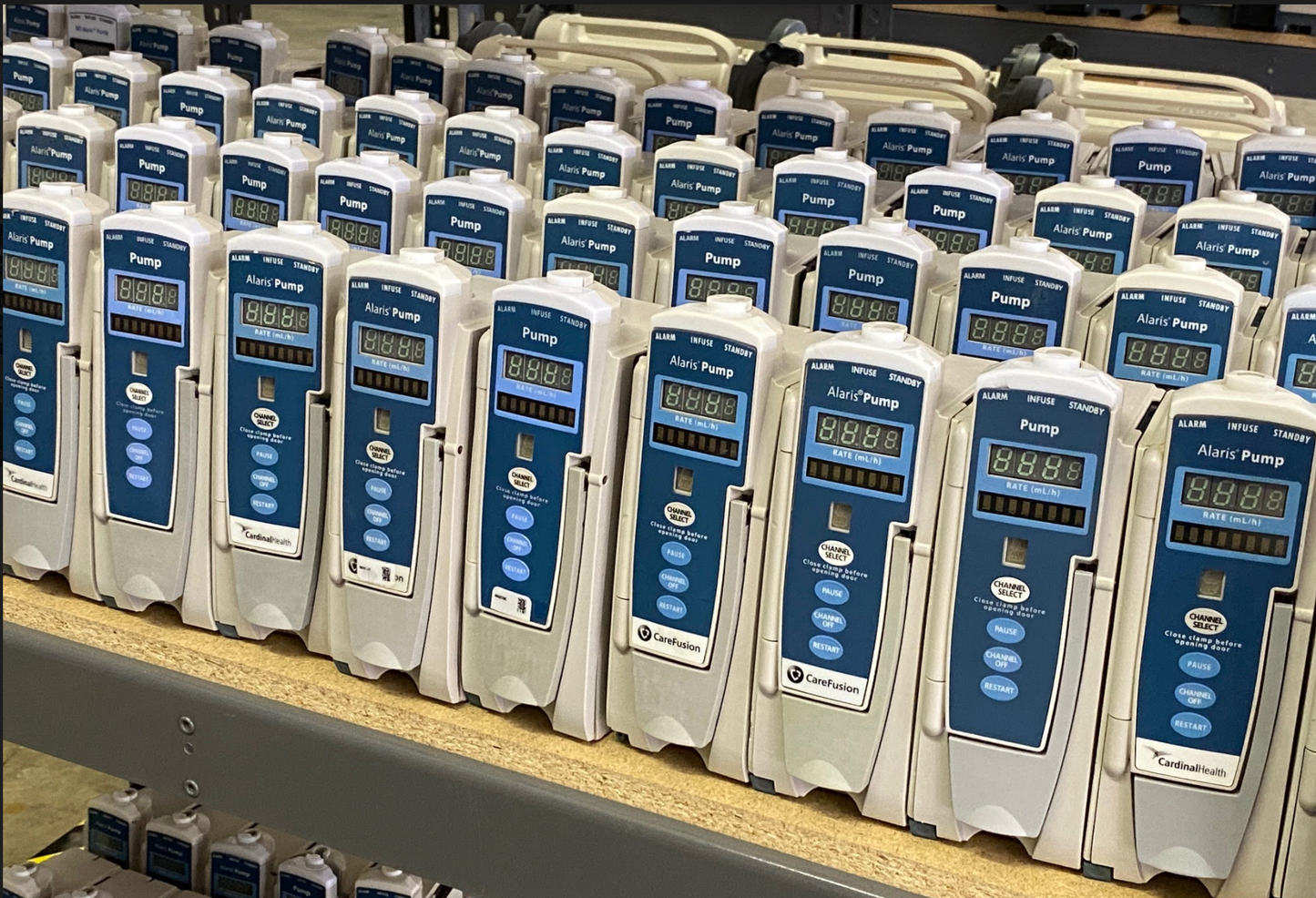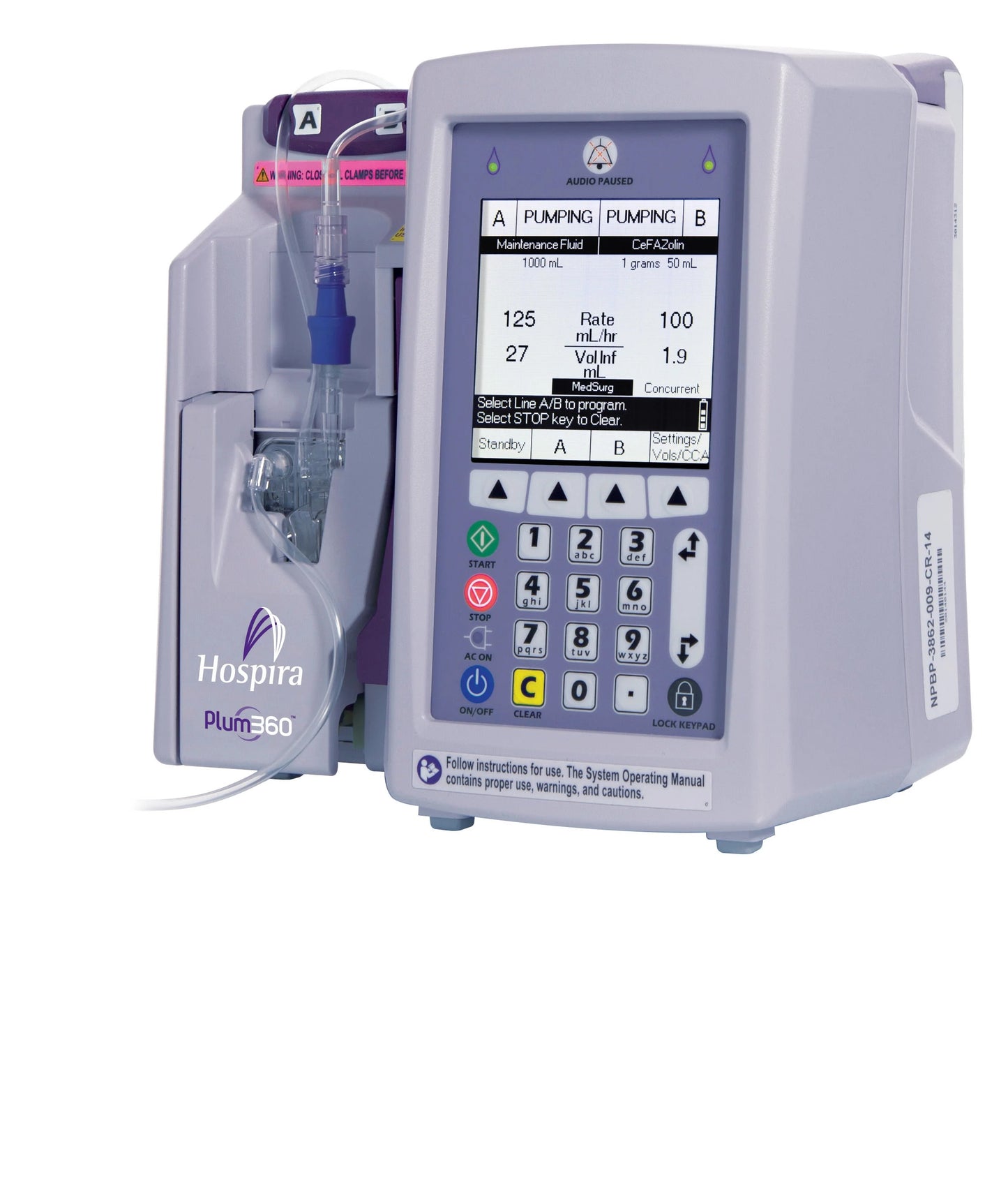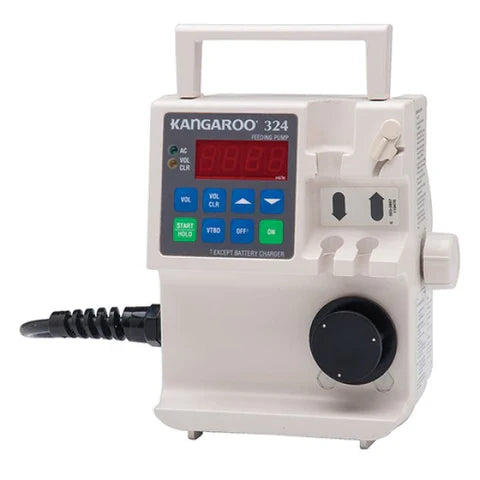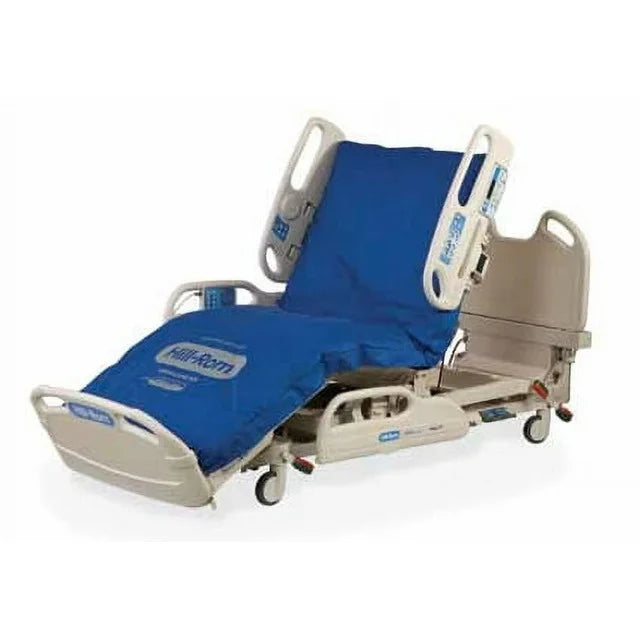
There are several types of infusion pumps available, each designed for a specific medical application or patient need. Here are some common types of infusion pumps:
- Volumetric pumps: These pumps deliver a specific volume of fluid per hour and are commonly used in critical care settings such as intensive care units (ICUs) and operating rooms.
- Syringe pumps: These pumps use a motorized plunger to deliver medication or fluids in small, precise doses. They are commonly used in critical care settings, such as anesthesia and neonatal care.
- PCA (patient-controlled analgesia) pumps: These pumps allow patients to self-administer pain medication through an IV or subcutaneous catheter, with pre-programmed dosage limits and time intervals.
- Elastomeric pumps: These pumps use a flexible balloon to deliver medication over a set period of time, without the need for electricity or a battery. They are often used in home care settings.
- Enteral pumps: These pumps are used to deliver nutrition directly into the patient's stomach or small intestine through a feeding tube, often in patients who are unable to eat or swallow normally. Insulin pumps: These pumps are used to deliver insulin to patients with diabetes, in a continuous or programmed manner, to regulate blood glucose levels.
The choice of infusion pump will depend on the specific medical application, patient needs, and healthcare setting. Healthcare providers will work with patients to determine the best type of infusion pump and infusion method for their treatment.




